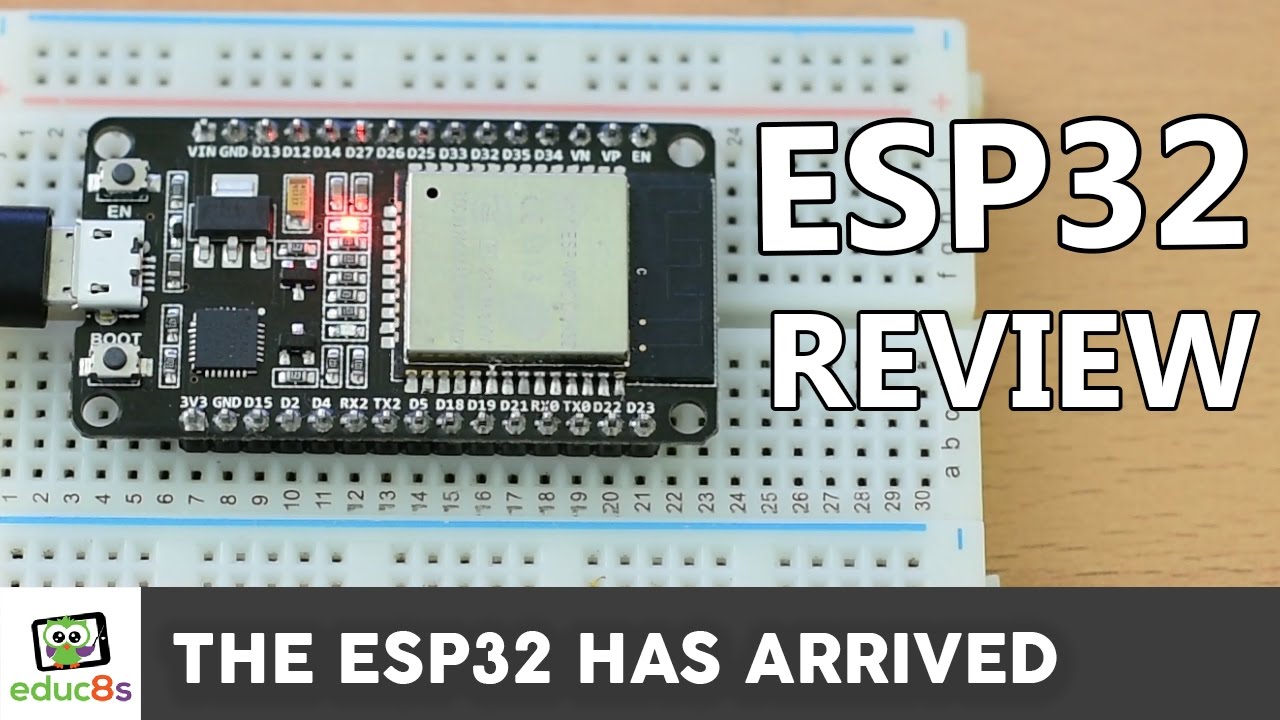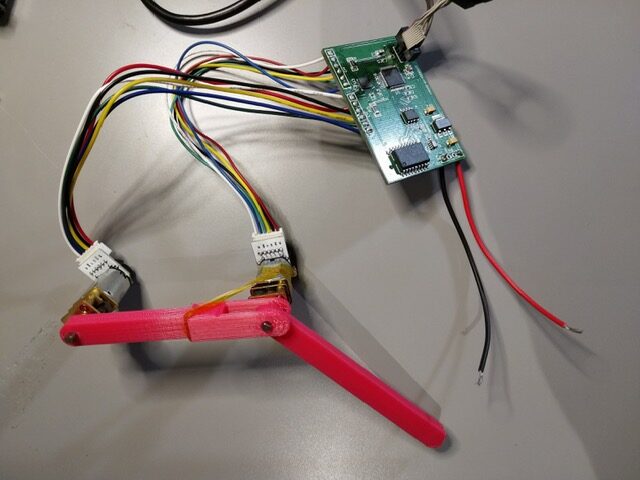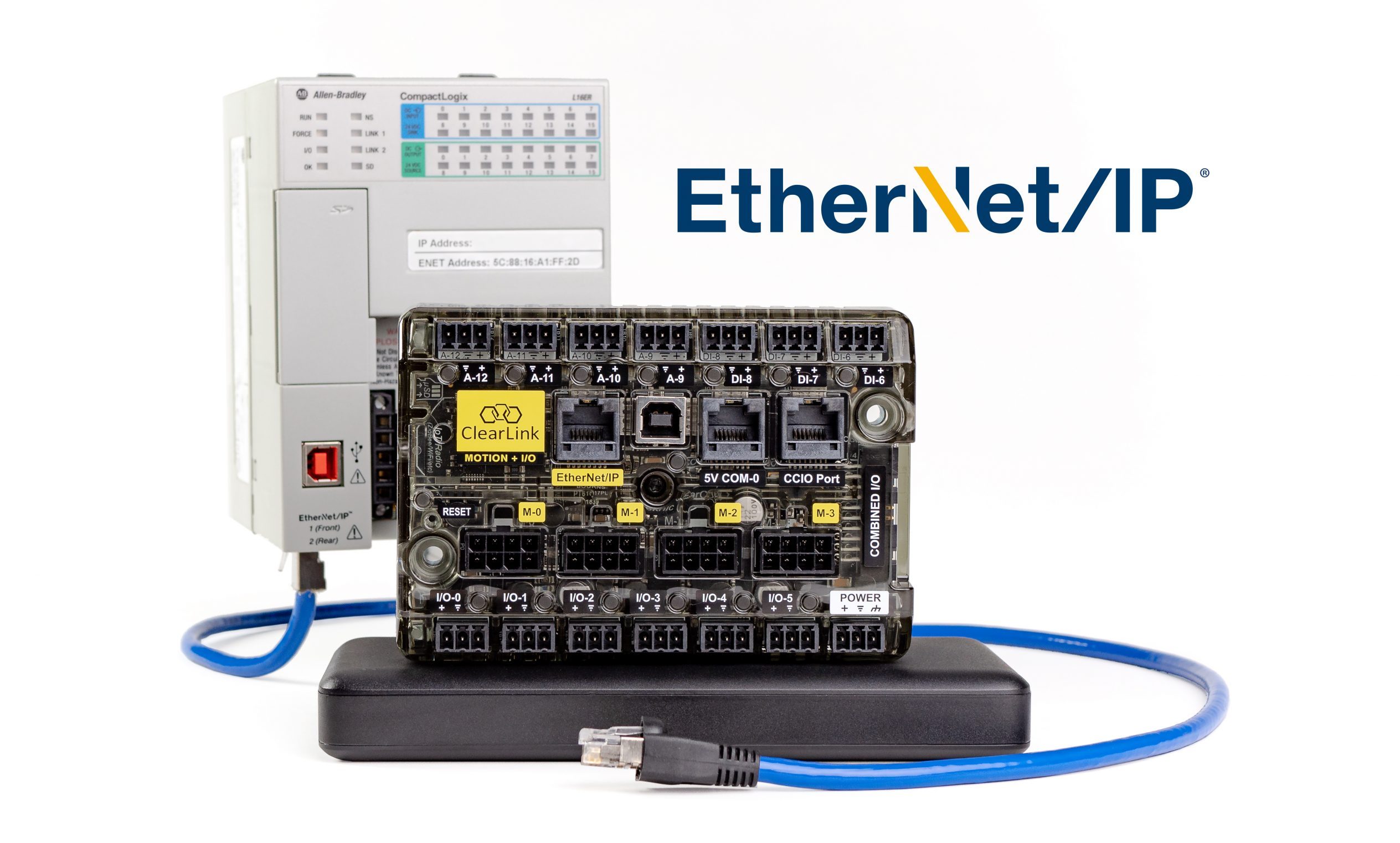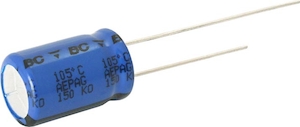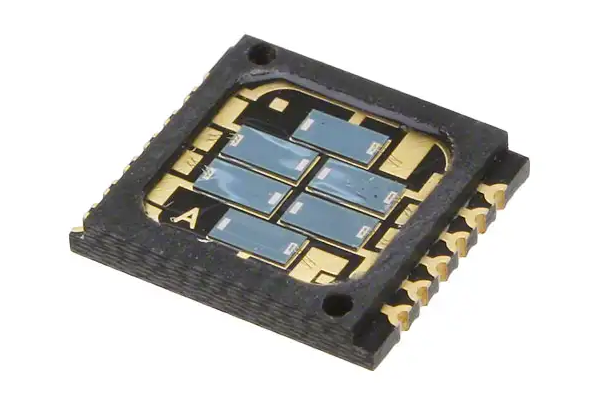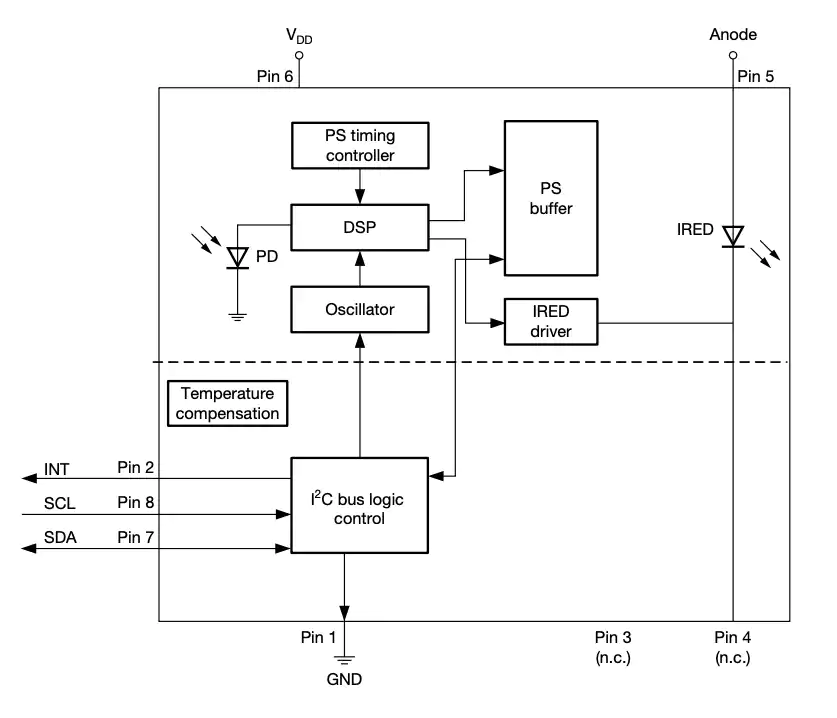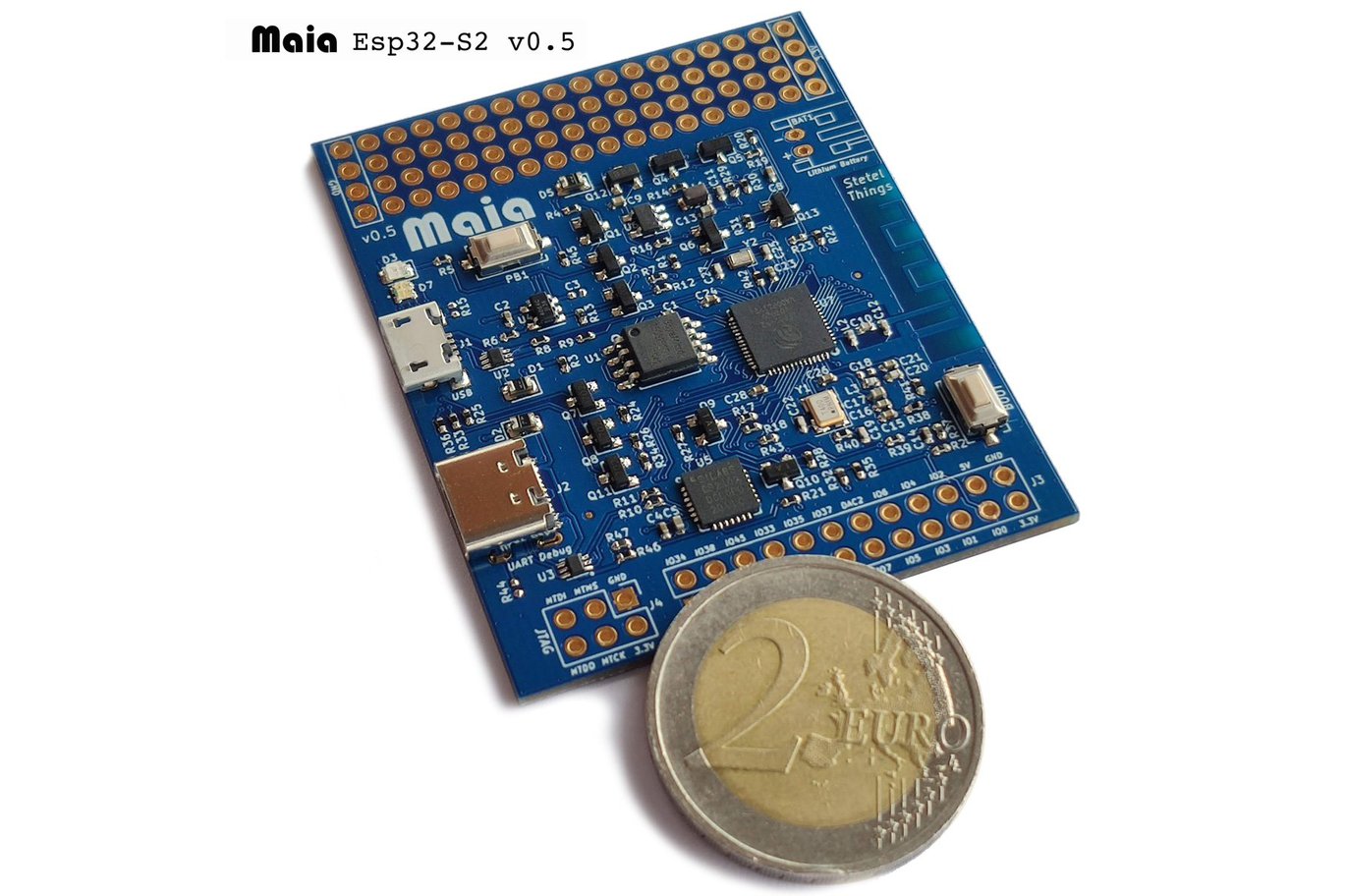
So far so good, only a few boards have been able to take advantage of the extra USB OTG interface offered by the ESP32-S2 processor released back in 2019, and one of them is the new Maia development board from Stetel Things.
As a quick reminder, the ESP32-S2 was unveiled with quite some incredible features like a primary 240 MHz Xtensa LX7 processor, a RISC-V based ultra-low power coprocessor (free and open-source), an in-built USB OTG interface, WiFi, a camera interface and several hardware security features amongst others.
The new Maia development board by the Italy-based Stetel Things offers an easy platform for makers to develop, play, and build USB and IoT devices. The board comes with an interesting layout that comprises of the Espressif ESP32-S2 microcontroller, a micro USB OTG port which sits next to a typical USB Type-C port for power and debugging, and a small area that can be used for prototyping.
The Maia development board is perfect for many ESP32-S2 projects from Portable Secure IoT applications and USB OTG devices, to RISC-V development with a second ULP.
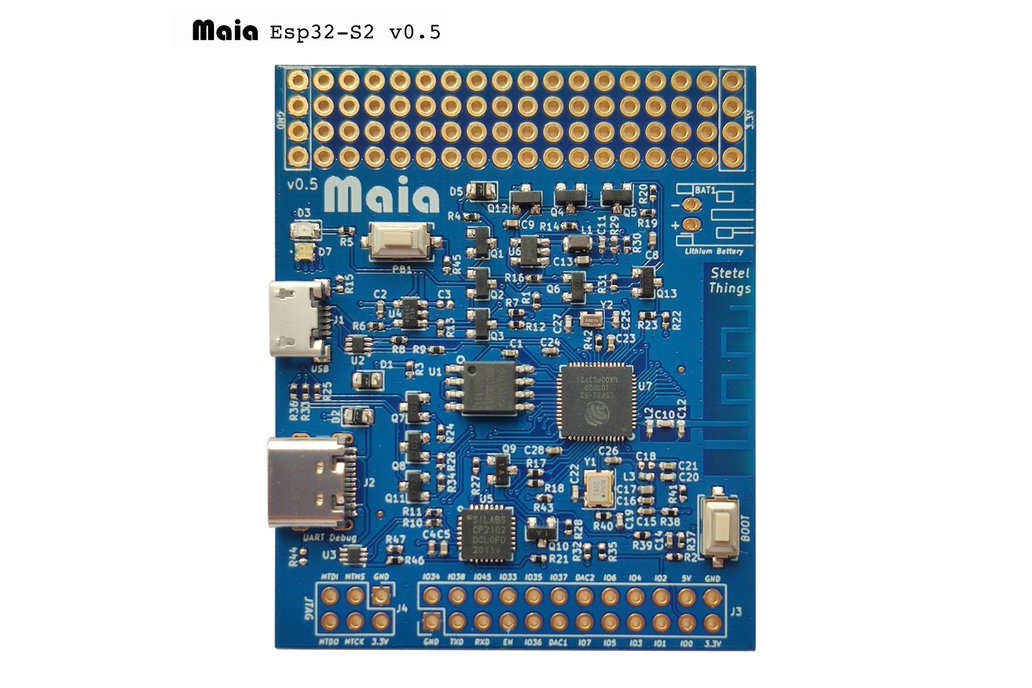
Weighing 13.6 grams with dimensions of 5.9 cm by 4.9 cm, the Maia comes at a fair size for the features it embodies. Some of the key features and specifications include;
- Espressif System ESP32-S2 single-core LX7 running @ 240 Mz with a RISC-V ultra-low power CPU
- 320KB RAM and 4MB flash
- 1x USB-C for programming and 1x micro USB OTG port for data (both ports can be used as power input)
- 802.11b/g/n WiFi 4 with integrated PCB antenna
- Programmable user button that can also function as the Power button
- Boot button
- RGB LED, Charging/power LED
- RTC clock
- 6-pin 2.54mm pitch JTAG header
- 24-pin I/O header
- Playground Prototyping area with 4x 18 through holes for user applications
- 5V power supply through the USB Type-C or micro USB
- 3.7V Li-Po battery with a 2-pin battery connector and an integrated Lithium battery charger IC
The Maia development board like most ESP32-based boards is quite flexible and can be programmed with Arduino, ESP-IDF SDK, MicroPython, and ESP RainMaker.
Source code for firmware as well as instructions for the ESP RAINMAKER and DFU web flasher are all available on Stetel Things’ GitHub repository while the board itself can be purchased for $19.70 on Tindle.
A plastic enclosure kit with micro USB port, light guides for RGB and charging LED, power button and lithium battery is also in the works, but currently not available for sale.





